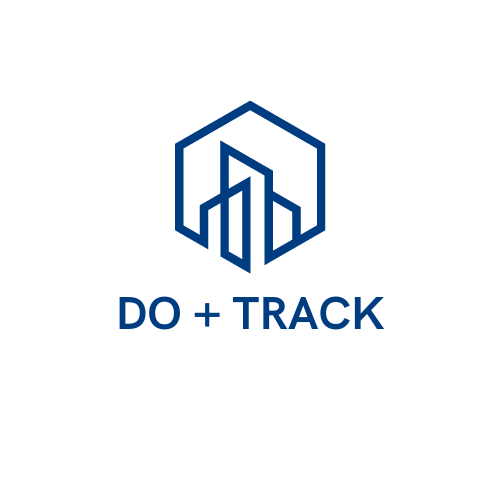Why You Need to Track KPIs to Achieve Company Goals
Running a business is a complex and dynamic process. It involves juggling a variety of factors, such as managing finances, developing marketing strategies, and maintaining customer satisfaction. With so many moving parts, it's easy to get lost in the day-to-day tasks and lose sight of the big picture. That's where tracking key performance indicators (KPIs) can come in handy. In this blog post, we'll explore why it's important to track KPIs in a business and how it can help you achieve your goals.
What are KPIs?
KPIs are quantifiable metrics that measure the performance of a business in relation to its goals. They can be used to assess different aspects of a business, such as sales, marketing, customer satisfaction, and employee productivity. KPIs are often expressed as percentages, ratios, or numerical values that can be easily tracked and analyzed.
Why is it important to track KPIs?
Measure progress towards goals
Tracking KPIs allows you to measure progress towards your business goals. By regularly monitoring these metrics, you can see if you're on track to meet your targets or if you need to adjust your strategies. For example, if your goal is to increase sales by 10% this quarter, you can track your sales KPIs to see if you're making progress towards that goal.
Identify areas for improvement
KPIs can also help you identify areas where your business needs improvement. By analyzing these metrics, you can pinpoint specific processes or areas that need attention. For example, if your customer satisfaction KPIs are low, you can investigate the reasons for this and develop strategies to improve the customer experience.
Make data-driven decisions
Tracking KPIs provides you with data that can inform your decision-making process. Instead of relying on assumptions or intuition, you can use this data to make informed decisions about your business strategies. This can help you to avoid costly mistakes and make decisions that are more likely to lead to success.
Increase accountability
Tracking KPIs can also increase accountability within your business. When employees know that their performance is being measured, they are more likely to take their responsibilities seriously and work towards achieving their goals. This can lead to increased productivity, better collaboration, and improved overall performance.
Improve communication
Finally, tracking KPIs can help improve communication within your business. When everyone is working towards the same goals and has access to the same metrics, it's easier to communicate and collaborate effectively. This can lead to a more cohesive and productive team.
Conclusion
Tracking KPIs is an essential part of running a successful business. By measuring progress towards your goals, identifying areas for improvement, making data-driven decisions, increasing accountability, and improving communication, you can ensure that your business is on the path to success. So, if you're not already tracking KPIs in your business, it's time to start!



Contact Us
We will get back to you as soon as possible.
Please try again later.

All Rights Reserved | Do and Track